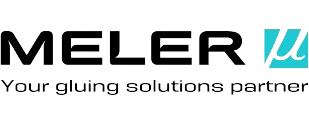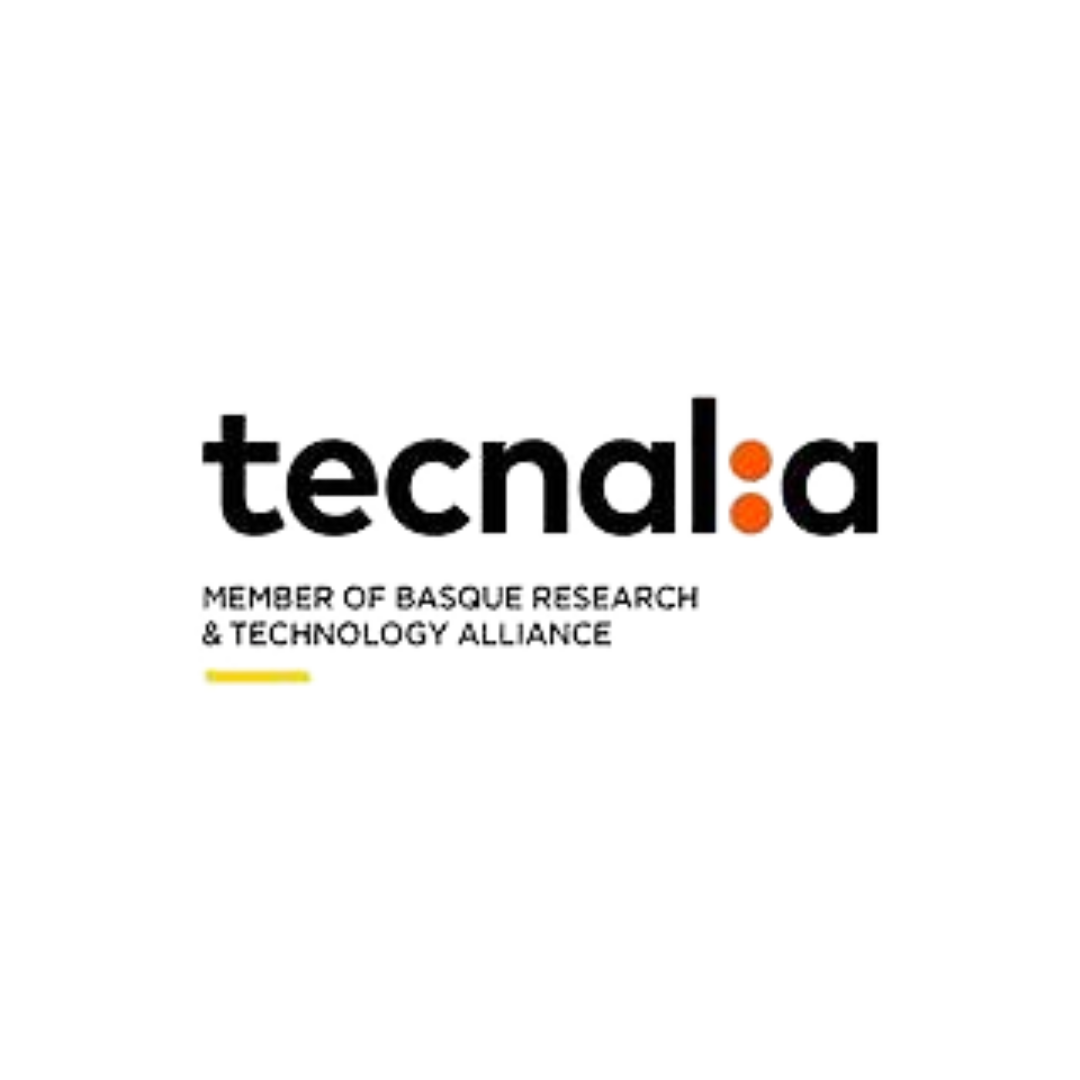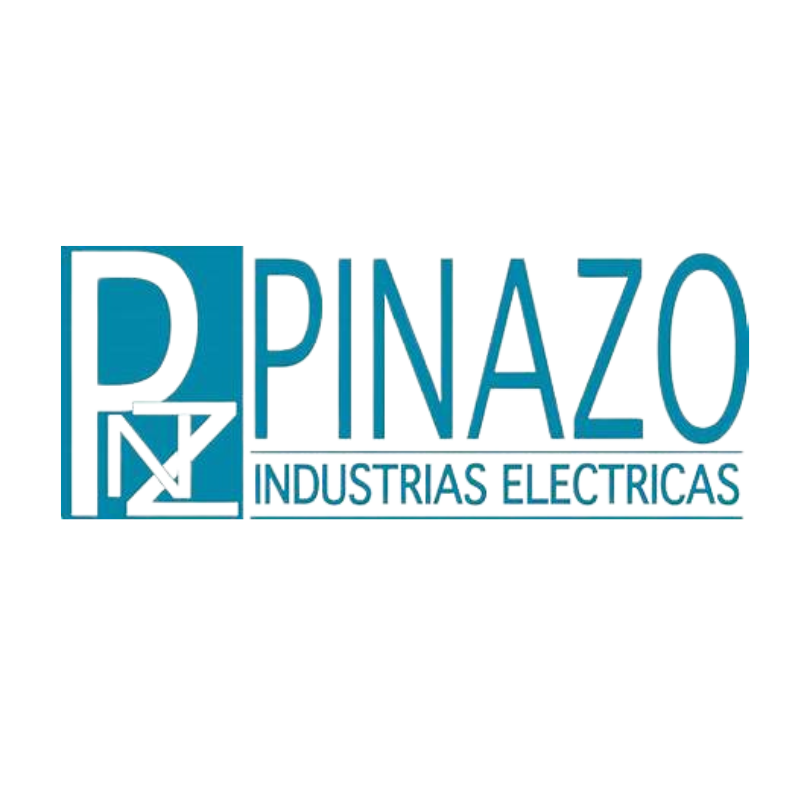
Optimiza la trazabilidad y gestión de tus productos en tiempo real
Nuestra plataforma Xymview provee el seguimiento de todo tipo de activos por Identificación por Radio Frecuencia (RFID) y Bluetooth Low Energy (BLE) para empresas de cualquier tamaño y sector.





Reduce costs and achieve efficiency and security at every stage of the process
Efficient and secure management of inventories and shipments across multiple sectors
Cero errores,
reduce el estrés de tus stress and cut unnecessary costs
Reduce inventory management in your plant from days to minutes
Scalable and customized solutions for your business
SaaS platform for asset traceability for companies of any size and sector
SaaS platform for asset traceability for companies of any size and sector
Xymview provides real-time traceability of multiple assets by tracking Tag IDs captured by RFID, BLE, and NFC devices deployed on-site.
- Zero errors in orders and shipments.
- Prevention of stockouts.
- Elimination of information loss and paper.
- Reliable digitalization and traceability of data.

We provide our clients with the necessary tools to capture traceable and reliable real-time data on their assets.
- Tags RFID, BLE, NFC
- PDA/Tablets
- Printers
- Arches

Proven operational efficiency
Elevate your business to the next level and ensure efficient and reliable deliveries.
ORDERS DISPATCHED
+
0
PRODUCTS MANAGED IN INVENTORY
+
0
REDUCED INVENTORY MANAGEMENT TIME
0
%
Business model
PAY PER USE (IaaS)
Access all equipment, software, and maintenance without a large upfront investment, through a monthly subscription.
DIRECT PURCHASE
The equipment becomes your permanent property, and you only pay for operational and maintenance expenses.
Success cases






From days to minutes
“Gracias al sistema de etiquetas RFID implantado en nuestro almacén central de Focke Meler hemos pasado de días a minutos en la gestión de inventario”.
Raúl Zudaire (Operations Director, Meler)


Total logistics chain optimization
Bidafarma automatizó el registro del 100% de los bultos en su ERP con Xymbot, permitiendo asociar más de 50 bultos por palet en tiempo real y reduciendo significativamente errores en las cargas mediante alertas automáticas.
From days to minutes
“Gracias al sistema de etiquetas RFID implantado en nuestro almacén central de Focke Meler hemos pasado de días a minutos en la gestión de inventario”.
Raúl Zudaire (Operations Director, Meler)
Total logistics chain optimization
Bidafarma automatizó el registro del 100% de los bultos en su ERP con Xymbot, permitiendo asociar más de 50 bultos por palet en tiempo real y reduciendo significativamente errores en las cargas mediante alertas automáticas.
FAQ
RFID (Radio-Frequency Identification) technology uses radio waves to identify and track objects. It consists of an RFID tag, an RFID reader, and software for encoding and decoding the read tags.
It offers advantages such as automation, non-line-of-sight product identification, storage capacity, reusability and security of information, among others.
The RFID tag reading process is automated, i.e. it saves time and reduces the need for human intervention.
In addition, the speed and efficiency of RFID technology makes it possible to process large amounts of information in a short time.
Also, RFID technology does not require direct line of sight, tags are read through materials such as plastic, wood or paper.
Moreover, the data storage capacity of an RFID tag is much higher than that of a traditional tag.
Finally, RFID technology offers a higher level of security compared to traditional tags because the data stored on the tag can be encrypted, thus increasing traceability, control, and security in terms of data integrity and confidentiality.
What are the benefits of RFID technology?
a. Improved efficiency:our solution enables real-time tracking of products and/or product batches, resulting in automated inventory management, product flow, and dispatch control throughout the entire value chain.
b. Reduction of errors and logistical cost overruns: We eliminate the need for manual data entry, eliminating human error in order dispatching and increasing the traceability, reliability and real-time status auditing of each product along the entire value chain.
c. Increased security: we provide automatic and auditable traceability, which increases security and reduces the risk of counterfeit or lost products.
What limitations exist in the implementation of RFID and how do we avoid them at Xymbot?
The investment costs for acquiring and assembling an infrastructure of RFID IoT sensors, as well as the investment in highly skilled labor for configuration, updates, and technical support, can pose an entry barrier for the implementation of such technology.
In addition, RFID technology can be susceptible to interference from other electronic devices, metallic objects, or large volumes of stored liquids, which can affect its detection and reading capabilities without direct line of sight.
Xymbot Ltd. eliminates the investment costs in IoT infrastructure for our clients through a pay-per-use (all-in-one) service that includes: leasing of the sensors, assembly and configuration of the IoT network, selection of customized tags according to the use case, customized traceability and control panels, security and encryption of the information exchanged by each node, service updates, and specialized technical support 24/7/365.
What is the reading range of passive RFID tags?
The reading range of passive RFID tags depends on several factors: the operating frequency, the signal power of the RFID reader, the size and shape of the tag antenna, and the application environment.
In general, passive RFID tags can have a reading range from a few centimeters to several meters. At higher operating frequencies, such as in the range of 900 MHz to 2.4 GHz, passive RFID tags can have a reading range of up to 10 meters or more, depending on the environment and the reader antenna. Additionally, the type of passive RFID tag can also influence its reading range.
Las etiquetas RFID pasivas de alta ganancia, como las etiquetas de “larga distancia”, pueden tener un alcance de lectura de hasta varios metros en aplicaciones específicas, como la identificación de activos de gran tamaño.
What are the 5 main differences between active and passive RFID tags?
1.Power source Active RFID tags have an internal power source, usually a battery. Passive RFID tags, on the other hand, do not have an internal power supply and rely on the power provided by the RFID reader to activate and transmit data.
2. Battery life: In the case of active tags, they have an internal battery that will eventually run out and need to be replaced or recharged. Battery life varies depending on the application and use of the tag. Passive RFID tags do not have an internal battery and therefore do not have a limited battery life.
3. Cost: Active RFID tags are generally more expensive than passive RFID tags, due to their larger storage capacity and the need for an internal power supply.
4. Storage capacity: Active RFID tags typically have a higher data storage capacity than passive RFID tags.
5. Range: The difference between both types of RFID tags is that active ones can have a much greater range, reaching tens of meters.

